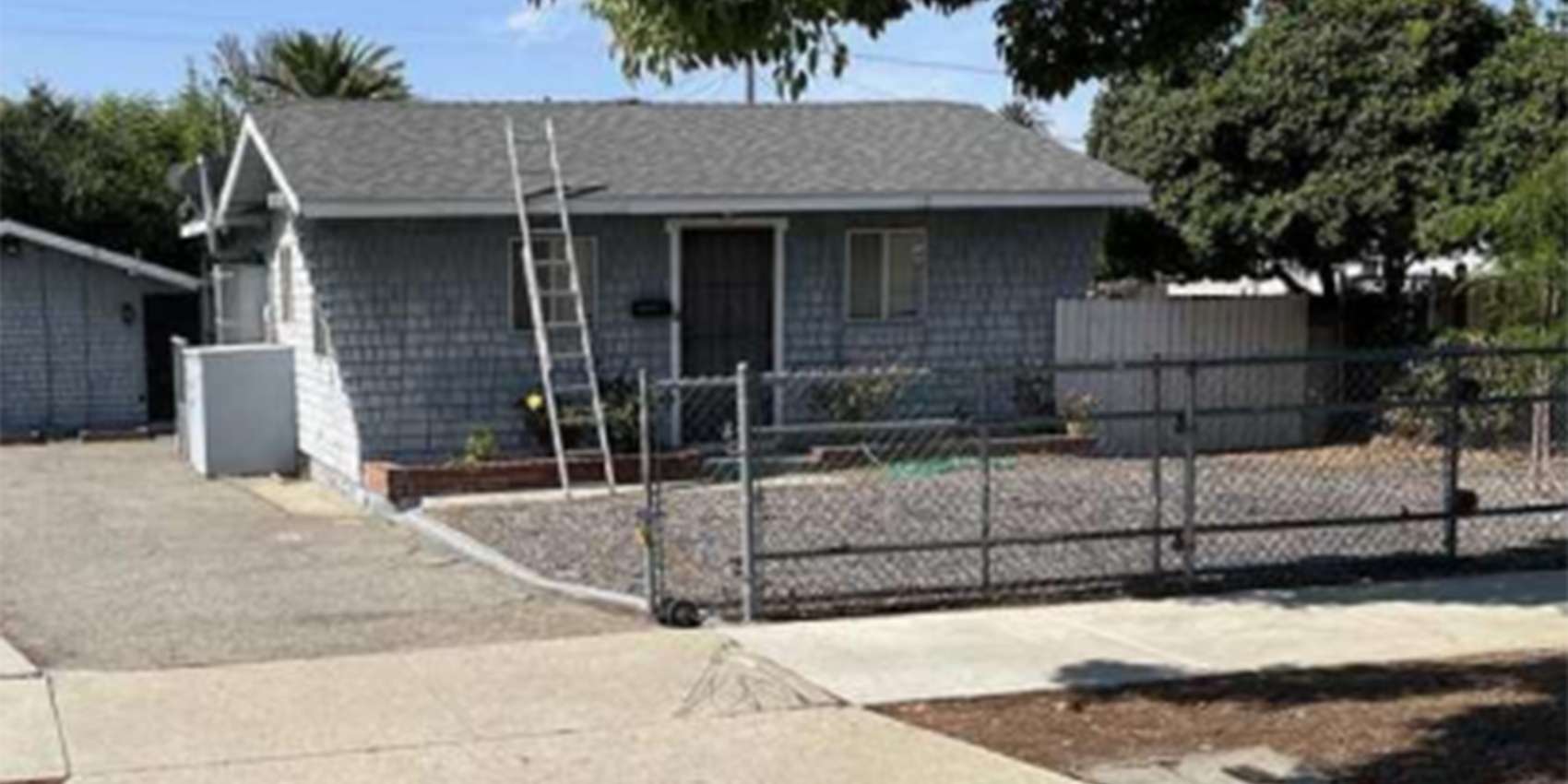What exactly are Reg A and Reg D Offerings (short for Regulation A and Regulation D)? Simply put, these are SEC exemptions that enable private companies to raise money from investors through the sale of equity or debt securities which do not have to be registered. This streamlines the entire process, cutting down on burdensome paperwork and tedious documentation requirements. In this guide we will look at the differences between these two classes of offerings and, in particular, focus on what factors ultimately make a Reg A+ Tier II Offering more attractive in several ways.

Understanding the Difference Between Reg A Tier 1 And Reg A + Tier 2
Beginning in 2015, certain updates came into play as far as Reg A was concerned. From this point on, companies had the ability to raise capital under two different tiers. The primary difference in these two tiers involves the maximum amount of income that a company can potentially generate. Additionally, a Tier 2 company has to have an offering circular, though there is no requirement for this to be certified by state regulators. A Tier 2 offering also has to produce continual reports documenting its status.
While Reg A Tier 1 securities are capped at $20 million, Tier 2 can go as high as $75 million as of the latest 2020 amendment. That said, non-accredited investors are subject to limits. And therein lies the major difference between Reg A and Reg D: the accessibility of the fund, as non-accredited investors can actually participate in Reg A Offerings. This truly is a breakthrough for those who want to invest in major institutional deals of this nature but previously had not been able to do so.

Where Reg A+ Tier 2 Differs from Reg D
The introduction of Reg A+ Tier 2 became a huge game changer in investment circles. For decades, only high net worth individuals, family offices and other such accredited investors could get involved in the type of real estate deals that provided a sizable return on investment, thereby proving a major boon to their portfolios. If you were not accredited, you were basically out of luck. Reg A, and in particular Reg A+ Tier 2, has now changed all of that.
Those premiere real estate deals and funds previously reserved for the accredited only are now accessible to non-accredited investors—or those with a net worth of less than one million making less than 200k annually.
Reg D Offerings are essentially only opened to accredited investors. The company whose securities are being offered under Reg D must leave no stone unturned, ensuring that the investor is actually accredited. This is definitely not the case with Reg A + Tier 2 Offerings. Under $20 million, investors do not have to be accredited to participate. Beyond $20 million, non-accredited investors can still participate but they are subject to limits: maximum allocation is capped based on the higher of 10% of their net income or 10% of their net worth. And accredited investors are not capped when investing in a Reg A Offering.
Paradyme believes that anyone who wants access to real estate deals with high-performance results should have the opportunity to do so. Call today and we will gladly answer any questions you have—this is your financial future we’re talking about!







